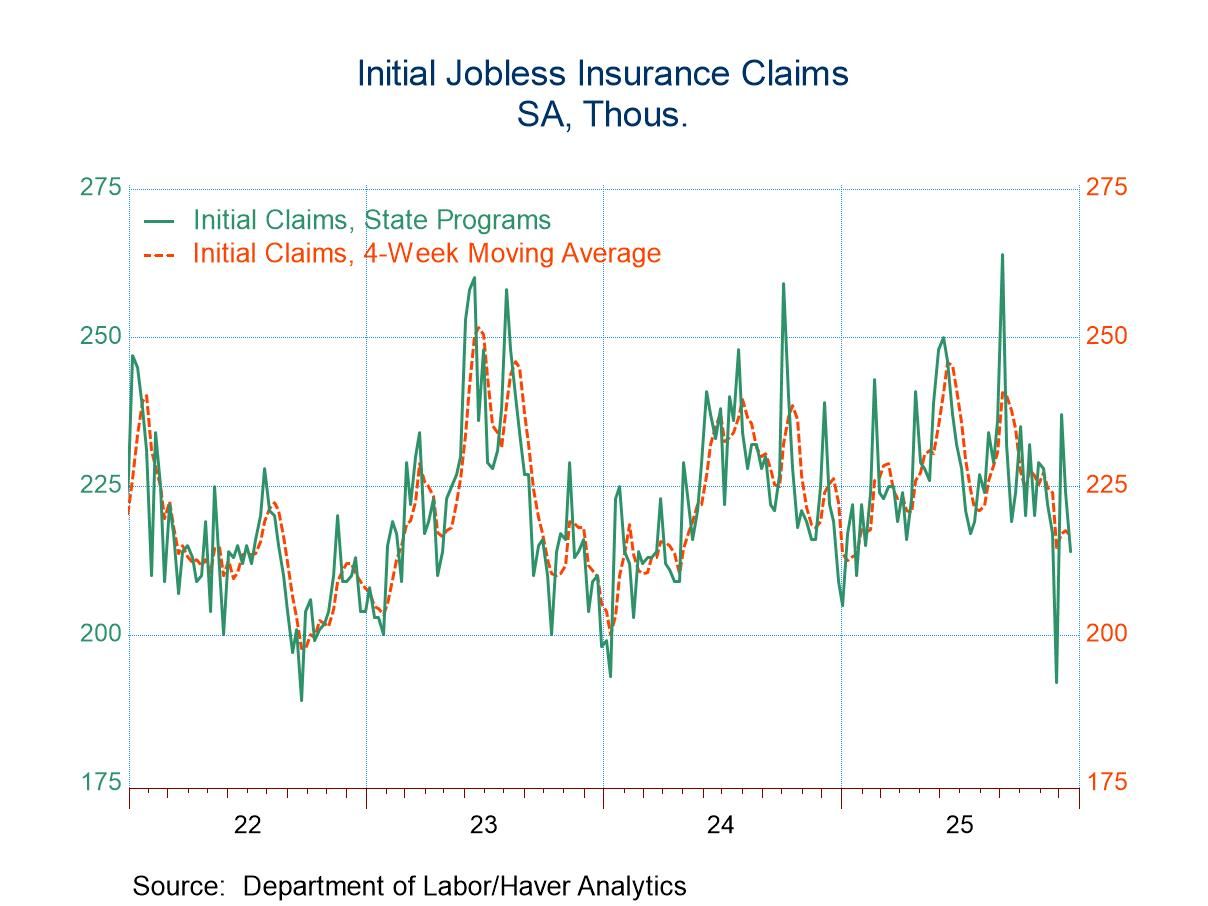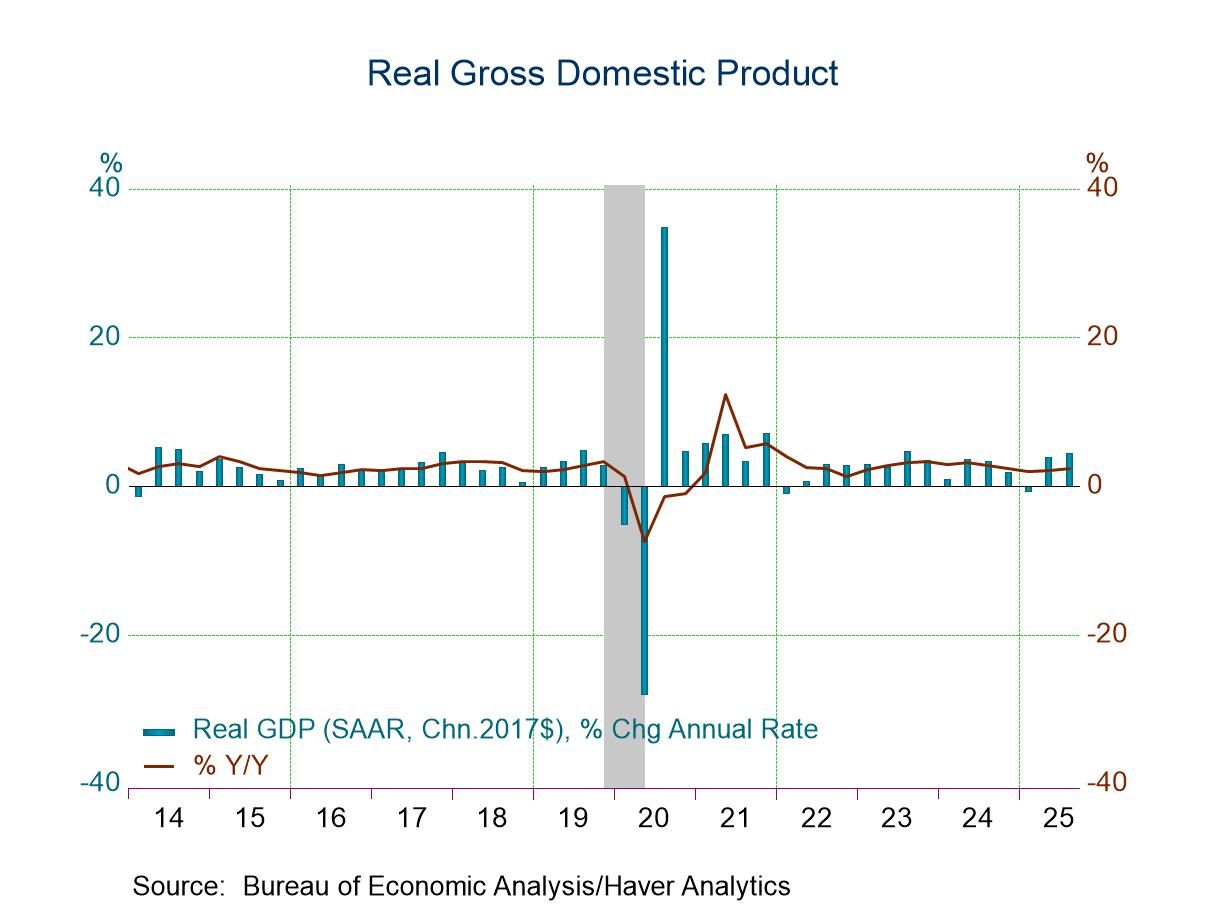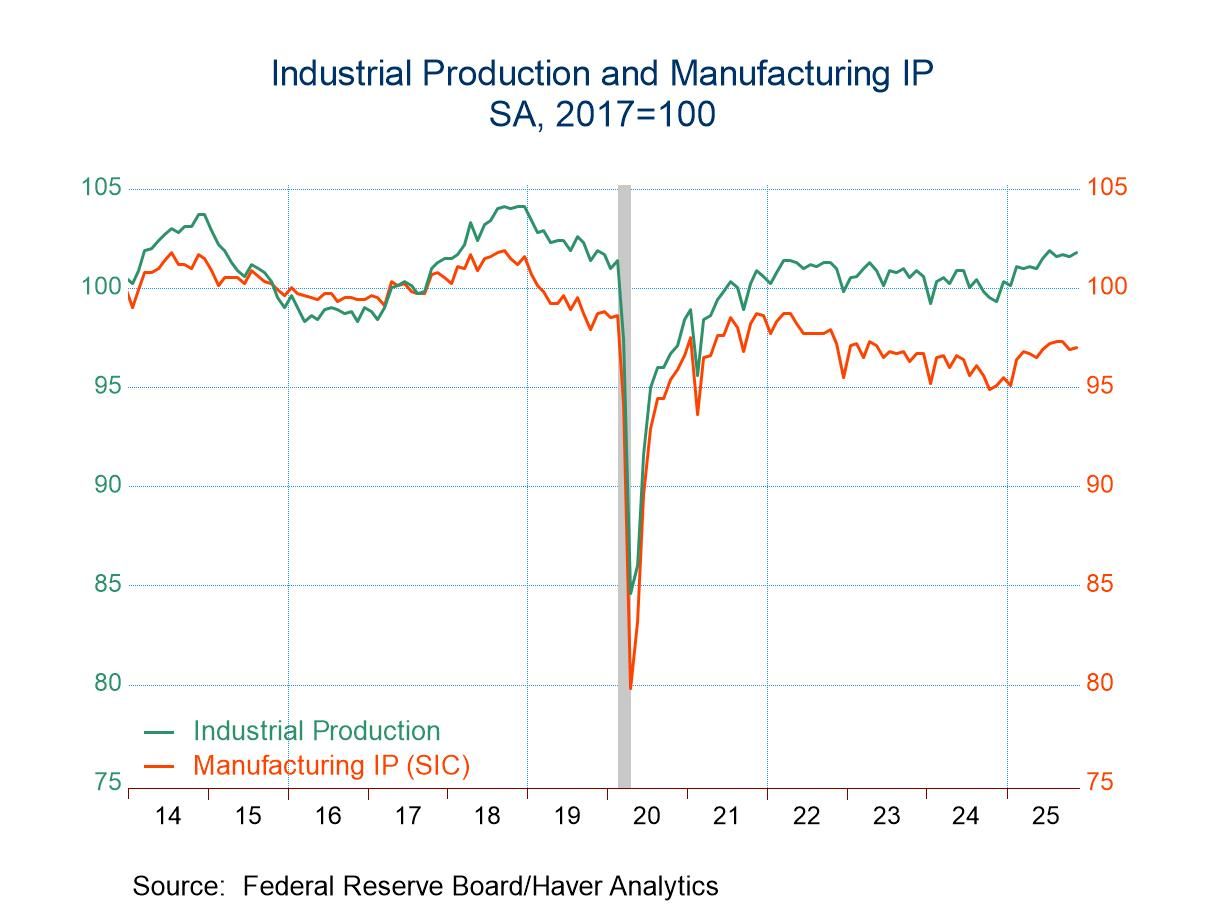 Global| Jan 30 2012
Global| Jan 30 2012Japan's 2011 Trade Balance: First Deficit Since 1980
Summary
Last year ended with Japan reporting its first calendar year deficit on trade in goods since 1980.(See the first Chart.) Trade was distorted by a severe earthquake and tsunami in March. Plants and equipment were destroyed and [...]
 Last year ended with Japan reporting its first calendar
year deficit on trade in goods since 1980.(See the first
Chart.) Trade was distorted by a severe earthquake and tsunami in
March. Plants and equipment were destroyed and shortages
led to higher imports. Later in the year, severe floods in Thailand
disrupted production in Japan's overseas sites located there.
Exports declined 1,791 billion yen from 67,362 bil. yen in 2010 to 65,570
bil. yen in 2011 while imports increased 7,392 bil. yen for a swing in the
balance on trade of 9,183 bil. yen from a surplus of 6,684 bil. yen in
2010 to a deficit of 2,599 bil. yen in 2011.
Last year ended with Japan reporting its first calendar
year deficit on trade in goods since 1980.(See the first
Chart.) Trade was distorted by a severe earthquake and tsunami in
March. Plants and equipment were destroyed and shortages
led to higher imports. Later in the year, severe floods in Thailand
disrupted production in Japan's overseas sites located there.
Exports declined 1,791 billion yen from 67,362 bil. yen in 2010 to 65,570
bil. yen in 2011 while imports increased 7,392 bil. yen for a swing in the
balance on trade of 9,183 bil. yen from a surplus of 6,684 bil. yen in
2010 to a deficit of 2,599 bil. yen in 2011.
Those countries and areas, like the U.S. and the Euro Area, with whom Japan has typically had trade surpluses, saw their surpluses lowered mainly because exports declined and those countries and areas, like China, Australia and the Middle East with whom Japan has typically had trade deficits saw their surpluses lowered as imports rose. The trade balances for Japan with the U. S., the Euro Area, China, Australia, and the Middle East are shown in the second chart.
The rise in the yen during the year may also have contributed to the deficit as a higher yen tends to dampen exports and encourage imports. The yen strengthened from 85 yen to the dollar in April to 78 yen to the dollar at year end.
Japan Trade Balance: Total and Selected Countries or Areas (Billions of Yen)







